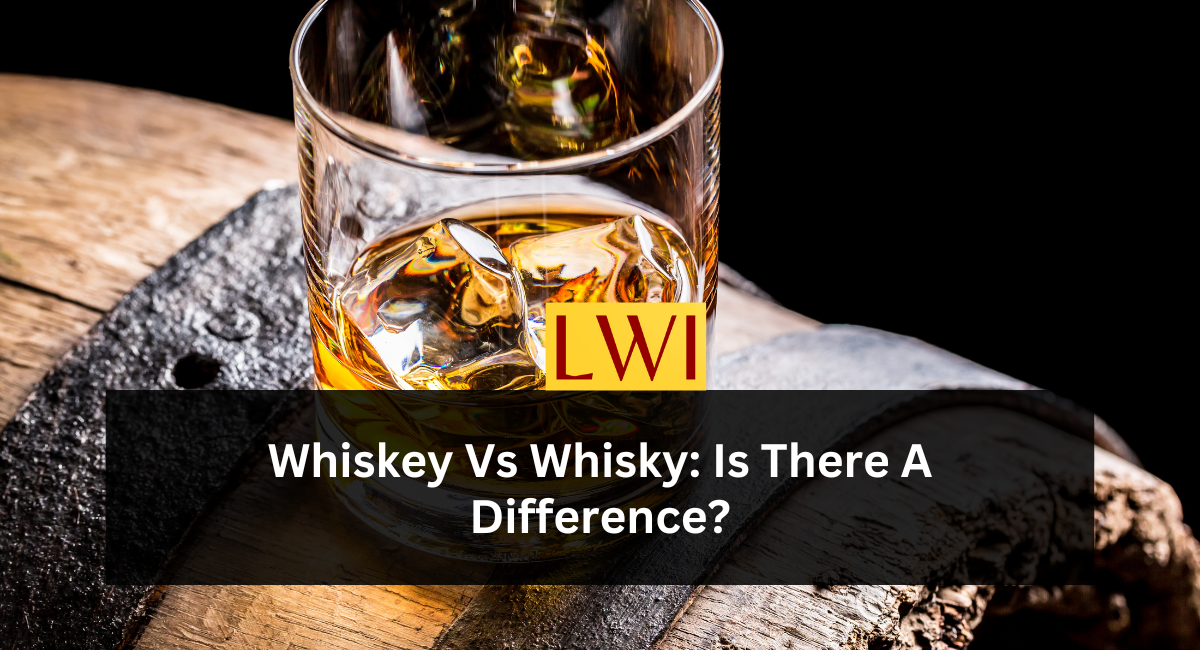When you walk down the alcohol section in your nearby store, you may encounter a decision – whiskey or whisky.
This question has puzzled many people who enjoy spirits, and the solution is not as straightforward as it may appear. Is it only a spelling question, or is there a fundamental distinction between the two?
We will explore the realm of whiskey and whisky to uncover the enigma and ascertain their distinguishing characteristics.
To provide insight into this discussion, we sought the knowledge of Melissa Rift, the Master Taster at Old Forester, and Katy O’Donnell, the National Brand Ambassador for Buffalo Trace.
They assisted us in understanding the subtleties of whiskey and whisky, explaining that the difference comes down to where the spirit is made.
The Origin of Whiskey and Whisky
To fully understand the distinction between whiskey and whisky, it is necessary to explore their historical origins. Melissa Rift highlights that the region of origin of these spirits is crucial in establishing their spelling and features.
“The origin of whiskey [and whisky], the process of making whiskey, and the business of trading it can be traced back to Ireland and Scotland, each with their unique contributions,” she continues.
In these areas, growing crops, which were later used to make ingredients for manufacturing, was commoner. “Ireland uses the letter ‘E,’ while Scotland does not include the letter ‘E.'”
Whiskey:
The Spirit with the Letter “E” Whiskey, spelled with the letter ‘E,’ is mainly connected with Ireland and is frequently used in the United States. This spelling originated from Irish whiskey manufacture when the letter ‘E’ was added to the word.
Whisky: The Spirit Without the Letter “E”
However, whisky, spelled without the letter ‘E,’ is closely associated with Scotland. The influence of Scotland has spread beyond its borders, impacting Indian and Japanese whiskies, which likewise follow the ‘whisky’ spelling pattern.
What is included in the bottle?
Regarding the liquid inside the bottle, whether the ‘E’ is present or not in whiskey or whisky does not change the nature of the drink. Melissa Rift highlights that the spelling is mainly connected to the source rather than the nature of the product.
“The product itself will primarily focus on the remaining aspects of the labeling,” she explains. “If it’s labeled bourbon whiskey, that will give you a greater indication of the style.”
If it is branded as Canadian whiskey, Tennessee whiskey, scotch whiskey, or Japanese whiskey, that will provide you with additional information about the style rather than the specific spelling of whisk(e)y.
Katy O’Donnell agrees, mentioning that although the spelling could give clues about the spirit’s influence and where it was made, it doesn’t fundamentally change the bottle’s contents.
“There are clear indications of the origin and place where whisk(e)y is made, based on spelling. However, in terms of the actual contents of the bottle, there is no distinction according to the fundamental definition of the spirit.”
Ultimately, the long-standing argument of whiskey versus whisky can be attributed to geographical factors and cultural customs.
Whiskey spelled with an ‘E’ originates from Ireland and the United States, while whisky spelled without an ‘E’ is linked to Scotland and has impacted other global types.
Regarding taste and quality, including or excluding the letter ‘E’ has little impact – both provide a wide range of flavors and scents to discover.
Therefore, while constructing your home bar in the future, you may make an informed decision between whiskey and whisky, understanding that it is not merely a matter of spelling but also an issue of cultural history and regional pride. Here’s to your whiskey or whisky journey!

